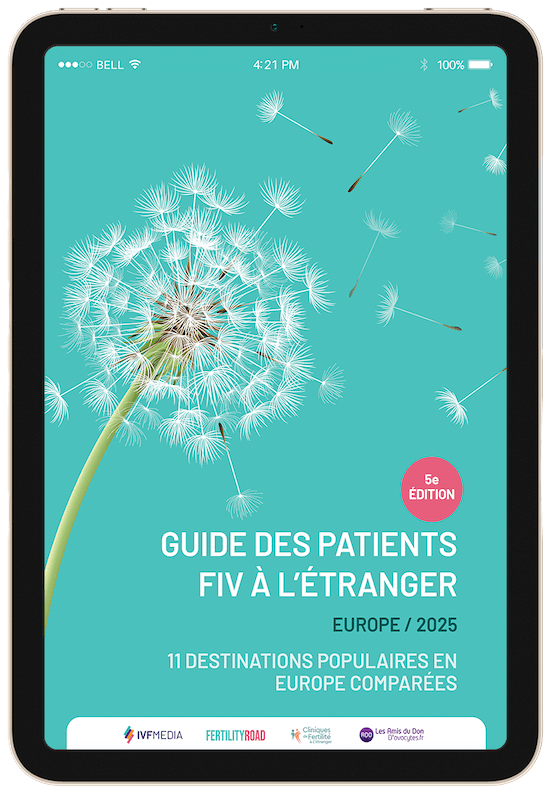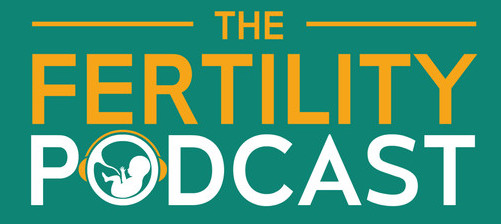IVF Results in Europe: What They Tell Us
Summary Report of IVF Clinics in Europe by ESHRE
 The European Society of Human Reproduction and Embryology (ESHRE) have just published IVF results for Europe from 2009. These results are summaries for each country who submit their results to ESHRE. In 2009, 34 countries (out of 47 in Europe) were included in this report.
The European Society of Human Reproduction and Embryology (ESHRE) have just published IVF results for Europe from 2009. These results are summaries for each country who submit their results to ESHRE. In 2009, 34 countries (out of 47 in Europe) were included in this report.
Of the Spanish IVF clinics, 109/166 contributed and 100% of the Czech Republic IVF clinics contributed to this report. The report makes interesting reading.
Main points to take away:
1) The number of treatment cycles is increasing each year.
2) The overall pregnancy rate was the same as 2008.
3) The number of transfers with multiple embryos (3+) is declining.
Interestingly, the report points out that public access to individual clinic data were available only in nine countries: Hungary, Iceland, Ireland, Latvia, Moldova, Romania, Slovenia, Spain and UK. It would be good news if this number were to increase as it would allow members of the public to find out the information they need without having to email each IVF clinic. Some IVF clinics do publish their results on their websites which is very helpful; however, having all the information available instead of a subset would be even better.
In an earlier posting, I talked about embryo transfer, and the number of embryos being transferred. In the report by ESHRE, the Czech Republic IVF clinics on average carried out more 2-embryo transfers than single or triple embryo transfers. Out of approximately 10 000 IVF and ICSI embryo transfers in 2009, 72.8% were 2-embryo transfers (7.2% were 3-embryos).
In Spain, out of approximately 26 500 IVF and ICSI cycles, 68.2% were 2-embryo transfers and 16.1% were 3-embryo transfers. Since this data is 4 years old, and with more awareness of the problems associated with multiple embryo transfers, these numbers may have decreased in 2013. Certainly compared to 2008, the overall number of 3-embryo transfer has come down significantly.
I believe it is really helpful and beneficial to have this summary report as it gives us valuable information on trends within countries. It allows us to compare one country with another. It provides background information on the controls surrounding IVF in each country. The data is from 2009 which may not make it seem as relevant; however, the trends reported within the report are based on a huge amount of data. As a result, drastic swings will not usually occur over a short period of time, so we can be confident that the trends being reported for 2009 are relevant today in 2013.



